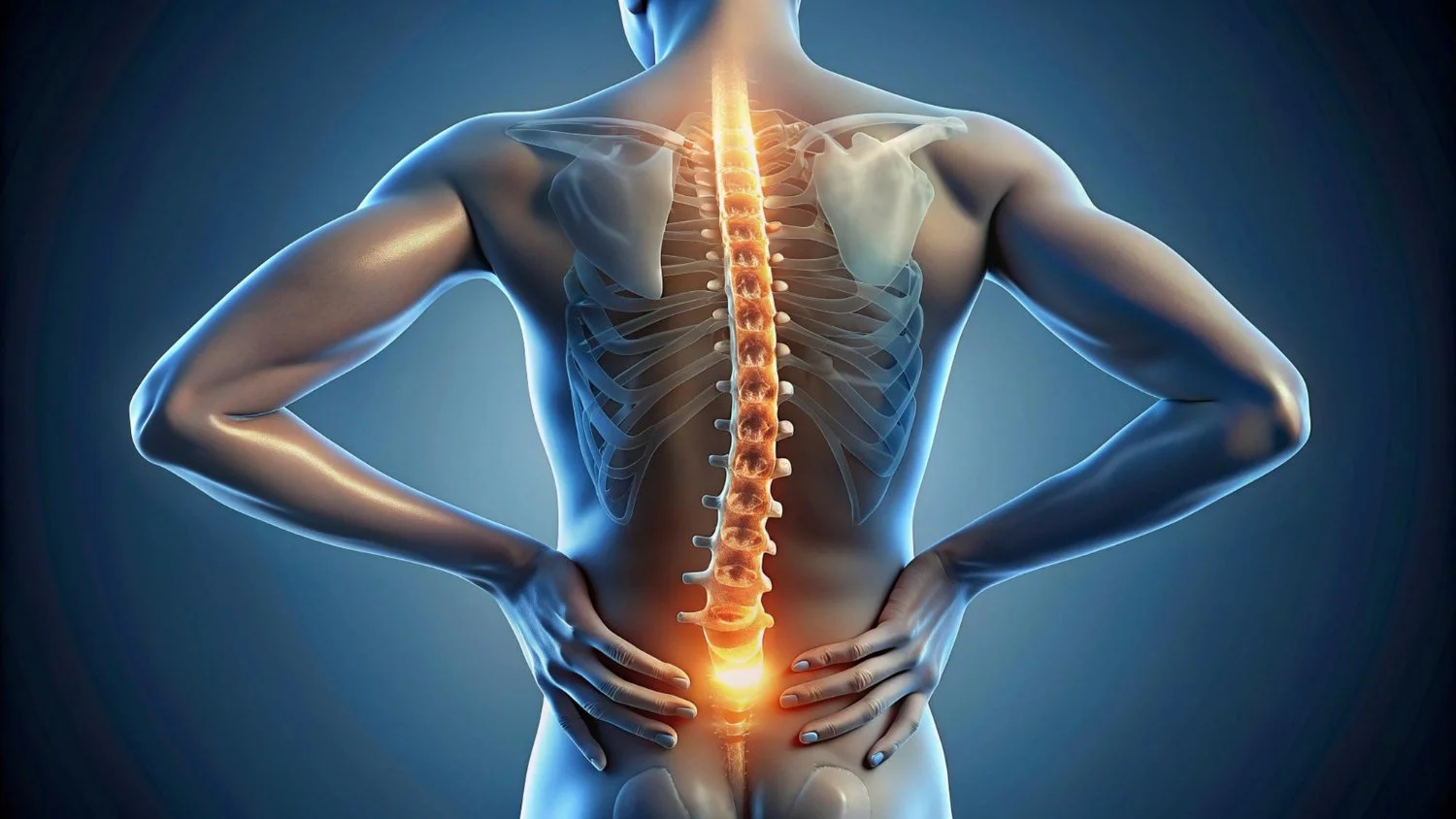Early Signs of a Herniated Disc vs. Muscle Pain: How to Tell the Difference
Lower back pain is extremely common, and in many cases it’s simply muscle soreness from overuse, sitting too long, or poor posture. However, the early stages of a herniated disc can feel surprisingly similar—dull, tight, achy, and easy to overlook.
Recognizing the difference early can help prevent worsening nerve irritation and long-term discomfort.
Below is a clear, practical guide to help distinguish the two.
Early Signs of a Herniated Disc
A herniated disc often begins with subtle symptoms. Early signs include:
✔ Pain that radiates
Often into the hip, buttock, thigh, or even down to the calf.
✔ Sharp or electric-like pain
Especially when coughing, sneezing, or bending forward.
✔ Pain worse with sitting
Because sitting increases pressure inside the discs.
✔ Tingling or numbness
You may feel “pins and needles” along the leg.
✔ Weakness or feeling of heaviness in one leg
The body may try to protect the irritated nerve.
✔ Pain on one specific side
Disc issues usually affect one side rather than both.
✔ No tenderness when pressing the muscles
Because the source is deeper—inside the spine, not in the muscles.
What Muscle Pain Typically Feels Like
Muscle soreness (also called myofascial pain) usually has the following characteristics:
✔ Generalized discomfort
The pain is widespread—not in a sharp, pinpointed location.
✔ Soreness that improves with movement
Walking, stretching, or light activity often makes the soreness disappear.
✔ Triggered by a specific activity
Long walks, heavy lifting, strenuous gym workouts, or sleeping in a strange position can cause it.
✔ Short duration
Muscle soreness usually improves dramatically within 24–72 hours.
✔ Tenderness when pressing the area
Pushing on the muscle reproduces the ache.
If these describe your symptoms, muscle pain is more likely.
| Feature | Muscle Pain | Herniated Disc |
|---|---|---|
| Pain location | Broad, general area | Specific side or nerve path |
| Movement effect | Improves with movement | Worsens when bending or sitting |
| Radiating pain | Rare | Common |
| Tingling/numbness | No | Yes |
| Onset | After exercise or strain | Sudden or gradual |
| Duration | 1–3 days | Weeks without treatment |
4. When You Should See a Professional
Seek medical evaluation if you experience:
Pain lasting more than 1 week
Shooting pain below the knee
Numbness or tingling that doesn’t fade
Leg weakness
Difficulty standing upright
Pain that wakes you up at night
Sudden bladder or bowel changes (medical emergency)
5. Chiropractic Care for Early Disc Symptoms
Chiropractic care can be very effective in the early stages of a disc issue. It aims to:
✔ Reduce pressure on the disc
Gentle spinal adjustments help restore alignment and reduce nerve irritation.
✔ Improve mobility and posture
Stiff joints and poor posture increase disc pressure; chiropractic helps correct these.
✔ Relax tight muscles
Disc pain often causes surrounding muscles to tighten protectively.
✔ Promote natural healing
Proper alignment improves nutrient flow to the spinal discs.
Safe techniques, such as flexion-distraction and low-force adjustments, are commonly used for disc patients.
6. Injection Therapy (Nerve Block & Epidural Steroid Injections)
For patients with severe inflammation or radiating nerve pain, injection therapy may help.
✔ Nerve Block Injection
Targets the nerve root causing pain
Reduces inflammation
Provides temporary relief while other treatments work
Useful for sharp, radiating pain
✔ Epidural Steroid Injection (Disc Injection)
Delivers anti-inflammatory medication into the epidural space
Reduces swelling around the nerve
Can ease pain enough to allow normal movement and rehab
Injection therapy does not “fix” the disc, but it reduces inflammation so the body can heal and physical therapy can be more effective.
7. Final Tips to Protect Your Spine
Avoid sitting for long periods
Strengthen core muscles
Practice proper lifting techniques
Stay hydrated
Do gentle stretching daily
Sleep with proper spinal alignment
Recognizing early warning signs and taking action quickly can prevent a small disc irritation from developing into long-term nerve pain.
© 2025 [Blessen Abraham]. All rights reserved.







